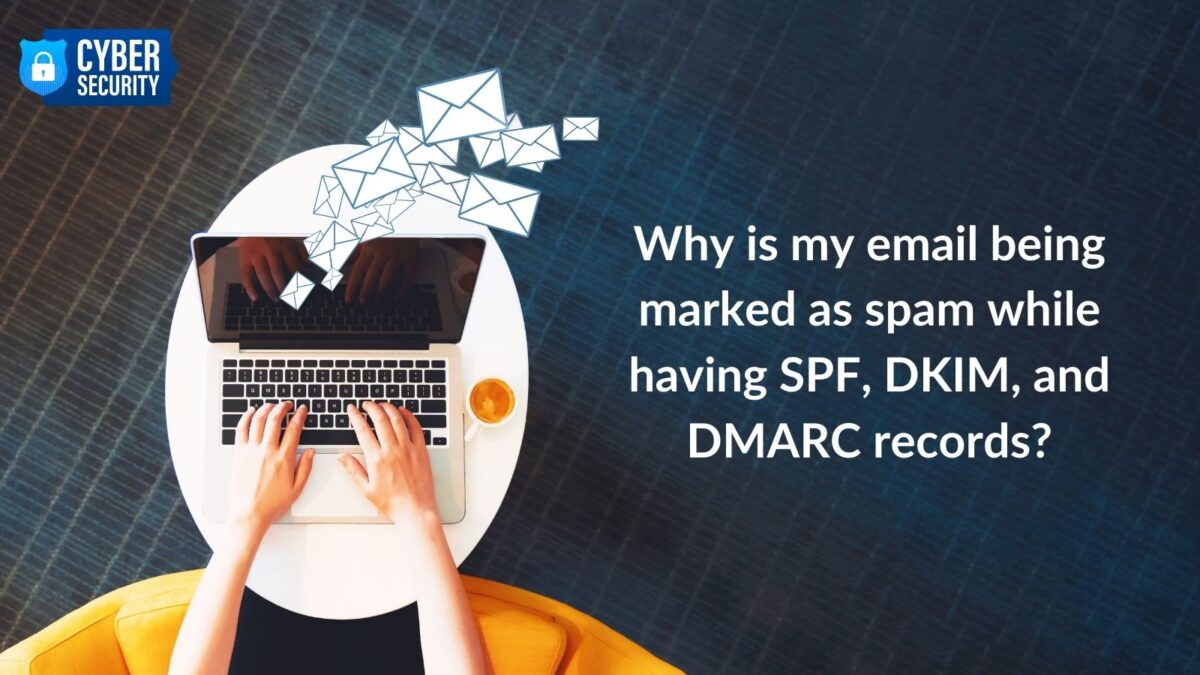Even if you have proper SPF, DKIM, and Create Dmarc Record and your IP address is not banned, Gmail, Hotmail, and Yahoo will sometimes transport your message to the spam/trash folder or bounce it with no explanation.
The junk mail algorithms in Gmail are quite successful at screening out unsolicited and undesired junk email and automatically delivering it to recipients’ spam boxes. Unfortunately, valid emails are sometimes labeled as spam, even when the recipient requests to receive them. Although email providers such as Gmail, Yahoo, and Outlook.com/Hotmail do not share the precise methods for determining if an email is unwelcome by its intended receivers, the following are some of the most common reasons why an email may be designated as spam:
- Reputation/Age – The account’s age or the number of emails sent. Gmail first routes all new communications to the spam bin until its reputation improves. This is the most prevalent explanation.
- Content – Although one of the least prevalent reasons for an email being sent to the trash folder, specific words or phrases contained in the email body might lead them to be screened.
- Links – If a message contains links to domains that are banned, the message may be screened as spam.
- Source – If other email messages received from the same Internet Protocol (IP) address as yours seem like spam, your emails may be classified as such as well. To put it another way, it’s guilt by association. This might be an issue for small email senders that use shared servers.
- Inconsistency – Emails will be screened as spam if the addresses and domains are inconsistent.
- Engagement – While recipients might flag specific communications as spam on purpose, engagement indicators such as open and click-through rates can also have an impact on the email-filtering process. Such engagement metrics are being used by an increasing number of Internet service providers (ISPs), including Yahoo! and Gmail, to evaluate whether an email should be automatically banned or classified as spam.
In essence, Google is simply attempting to create a wonderful customer experience, as it does with its search algorithms. As a result, Google considers engagement numbers to be an indicator of whether or not the user is interested in receiving emails from a particular sender. We’ve seen testing where lists with high levels of interaction get through Gmail’s trash filters, but lists with low levels of engagement don’t.
Domain Checker and Email Authentication
Having your domain authenticated the right way is what matters most amid this digital era and the subsequent rise of cybercrime. EmailAuth provides multiple tools such as DMARC checker, DKIM checker, and Sender Policy Framework (SPF) checker all for free! It is the best email authentication service provider. The benefits of DMARC are exemplary. Head to EmailAuth TODAY for all your email authentication needs.


